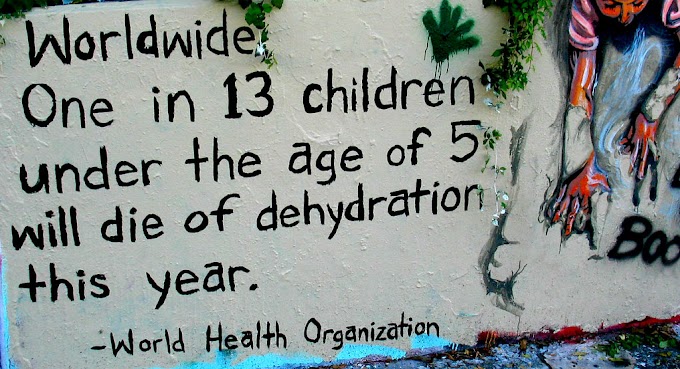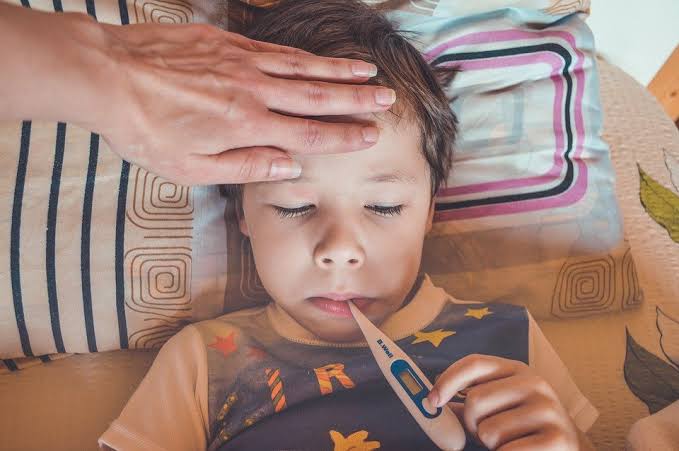Risk factors in freshwater pearl farming?
In this article, we will teach you about freshwater pearl culture.
Freshwater pearls are pearls that are grown on pearl fields using freshwater mussels. Because muscles are organic hosts, pearls can grow up to 10 times larger than those produced naturally by salt producers. Also, the sparkle of freshwater pearls is amazing.
Since there is no shell vine nucleus in the muscles, pearls with freshwater culture accumulate. Each can produce multiple beads for a production cycle. In addition, the whole process of freshwater pearl cultivation requires less advanced operational capacity than the cultivation of whole sea pearls. This makes these beads easier to cultivate and is cheaper than other pearls, increasing the value of their freshwater pearls.
The quality of these beads is evaluated using a pearl scoring system based on the size, shine, fit, and color of freshwater pearls that make freshwater pearls. Cultivation of freshwater pearls produces pure pearls.
What is the cultivation of freshwater pearls?
Freshwater pearl culture is the process of growing pearls on a farm with freshwater culture. Over a period of 2–5 years, pearl growers take care of the nucleus and thousands of oysters, producing pearls. It takes both skill and luck to get it. Pearl farms can be the victim of uncontrolled and unexpected forces such as severe storms, water pollution, disease, severe cold or heat, and infection.
Before you start pearl culture, you need to get the oyster so that you cannulate them. One day again, this means fishing for oysters at sea. Today, pearl producers find it easier to be more productive on their own. All farmers must collect high-quality oyster eggs and oyster seeds already present on the farm. The eggs are fertilized by sperm, producing a new generation of larvae for the oyster farm.
 |
| What are the risk factors in freshwater pearl farming? |
Raising oysters for freshwater pearl culture
The larvae of oysters are maintained in controlled conditions. However, they are allowed to swim freely around the water. When they arrive for a few weeks, they are transferred to the "wild". There, they attach themselves to a solid object such as a rock.
Over the next few months, the caterpillar will turn into a small baby musk. Collectors were eventually sent to collect them. They are then moved to a different area of the farm, which is used as a "nursery" for the younger ones. Baby oysters are collected for about 1-2 years until they are ready for the growth and growth of freshwater pearls.
The nucleation procedure is a surgical procedure. A foreign object is placed inside the oyster, causing irritation. This will prevent jealousy by rotating the object with a secret weapon. It produces real pearls with cultured freshwater pearls and freshwater pearl shapes.
List the risk factors involved in camp
About the harvesting of freshwater pearls
Once the oysters are fertilized, they require several weeks to recover from the invasive surgical procedure. At that time, some oysters may eject the embryo of the plant. Other oysters may get sick or die together. However, most of them can achieve a full recovery, improving the value of freshwater pearls on the farm.
Survivors are kept in nets or cages and kept in oyster beds. They are maintained until freshwater pearls are fully formed, which can last from a few months to several years. You want the surface of the freshwater pearl to be completely formed.
After pearl development is complete, freshwater pearl harvesting should begin. Cultured freshwater pearls were extracted from the oyster, washed, filtered, and sorted. Freshwater pearls can be polished with water and salt for a high shine and shine that increases magnetism.






0 Comments
Please do not enter any spam link in the comment box.
Emoji